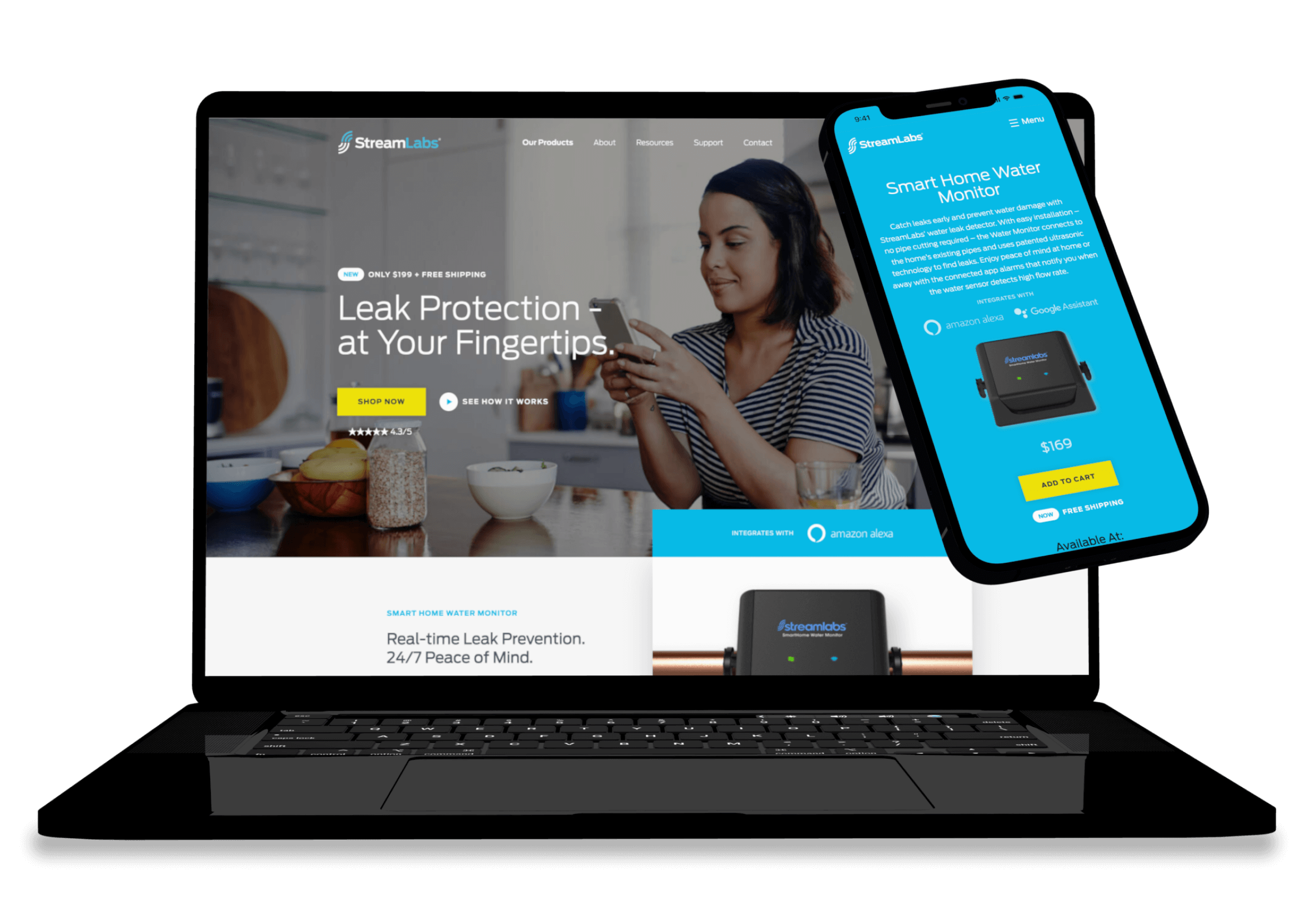
Streamlabs
De-risking an online product launch in home improvement.
The
Challenge
StreamLabs had an innovative new product: a residential water monitor that would help homeowners know when they had a leak. But their target customer definition was loose, as were the value proposition, marketing messages and tactics. And this was the company’s first effort in the consumer space, for both legacy plumbing systems and the smart home market. The newly acquired company needed help with strategy and messaging, to launch successfully and prove its worth to its new parent company.
Streamlabs' first consumer product was a big bet-the-company moment and they needed a sound strategy to quickly prove their value.
The Work
Our approach was to tackle each unknown, one by one, to de-risk the StreamLabs launch. We conducted a design sprint testing the value proposition with consumers, for clarity and purchase intent. We prototyped, tested, then launched their online storefront, and quickly gathered in-market performance data on the most efficient marketing tactics.
Design Sprint Artifacts
The team used a design sprint to align on consumer insights, inflection points, and create a prototype of marketing pages for testing.
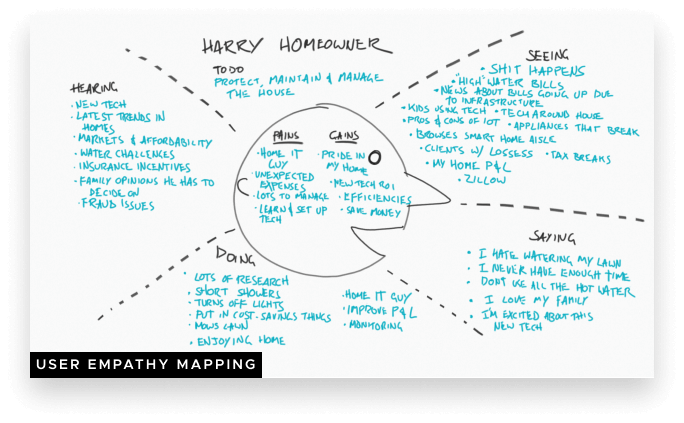
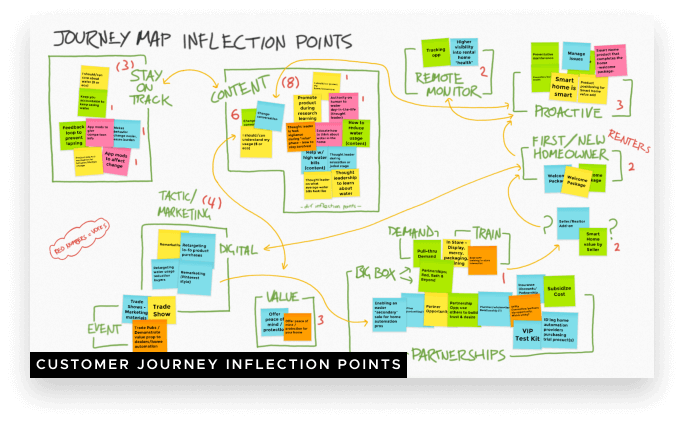
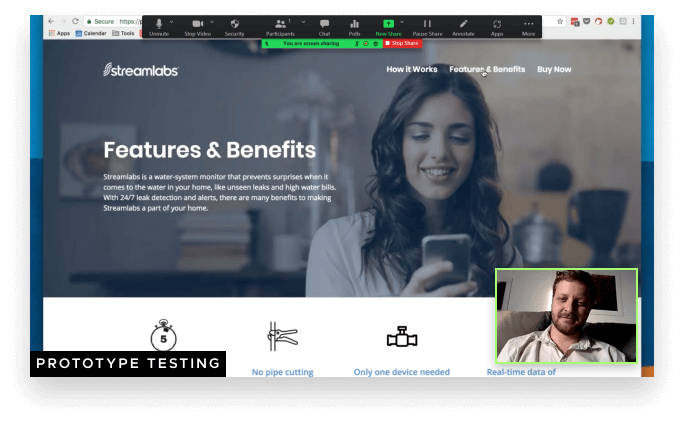
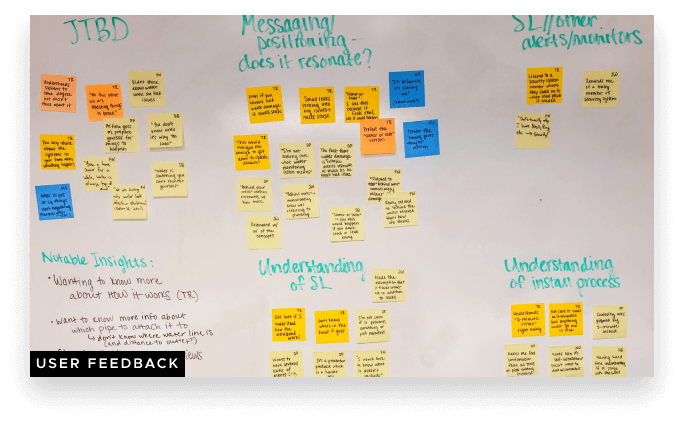
We then launched digital campaigns for both direct and Amazon Marketplace sales channels. As performance increased, we refined tactics, and managed the acceleration of the launch campaign and sustained sales growth.
⌾
Target Customer Defined
and strategy and tactics to reach them developed
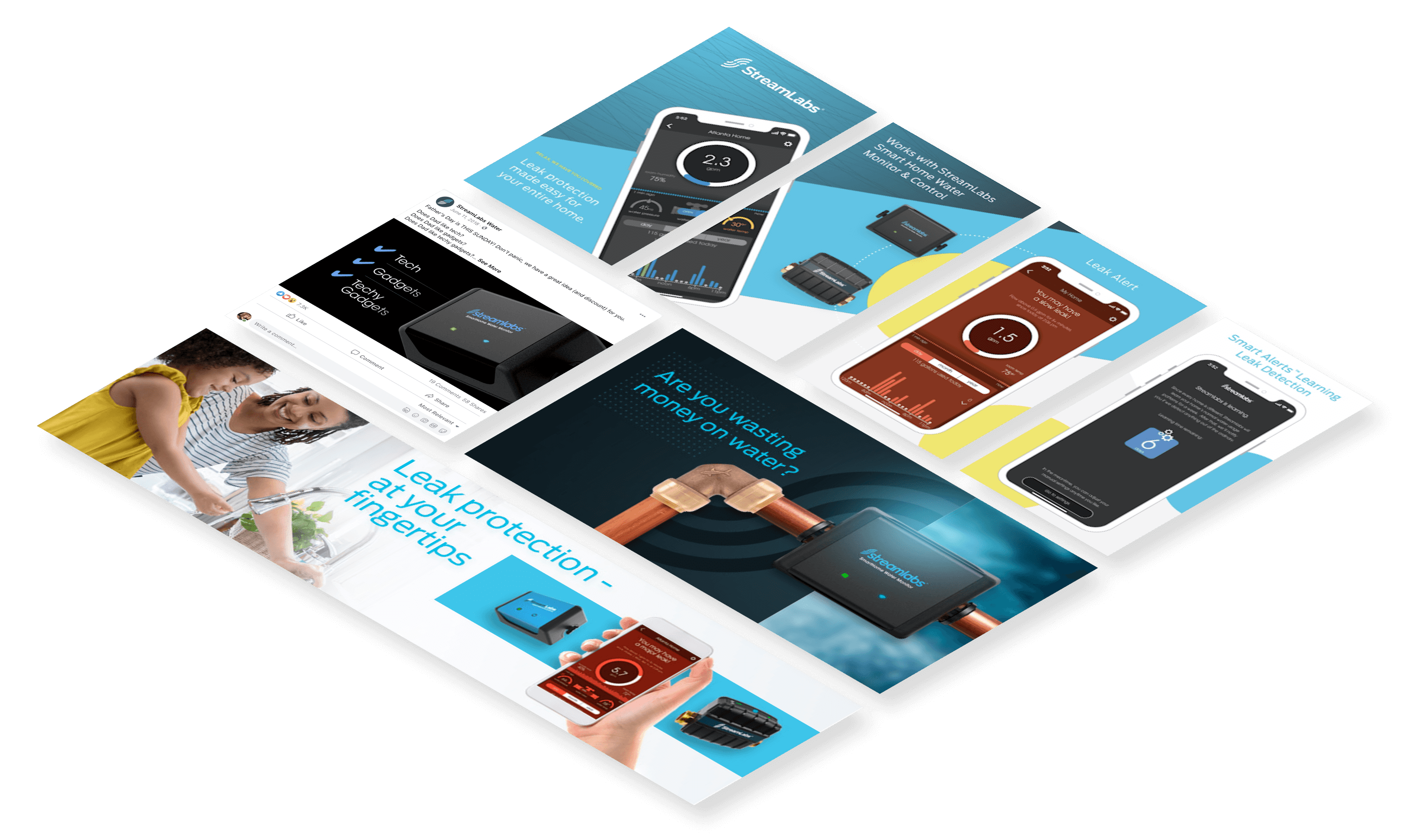
The Results
Consumer, defined. Value prop, validated. Marketing, proven. Cash register, ringing. Our work drove down CPA (cost per acquisition) by more than 200% and increased web conversions by more than 240%. Separately, Amazon sales grew to more than 50% of their online sales in the first year. We established StreamLabs’ voice in the market, and established iterative growth processes that Streamlabs could carry onward (and upward).
200%
Decrease
in cost per acquisition through continuous test-and-learn strategies
